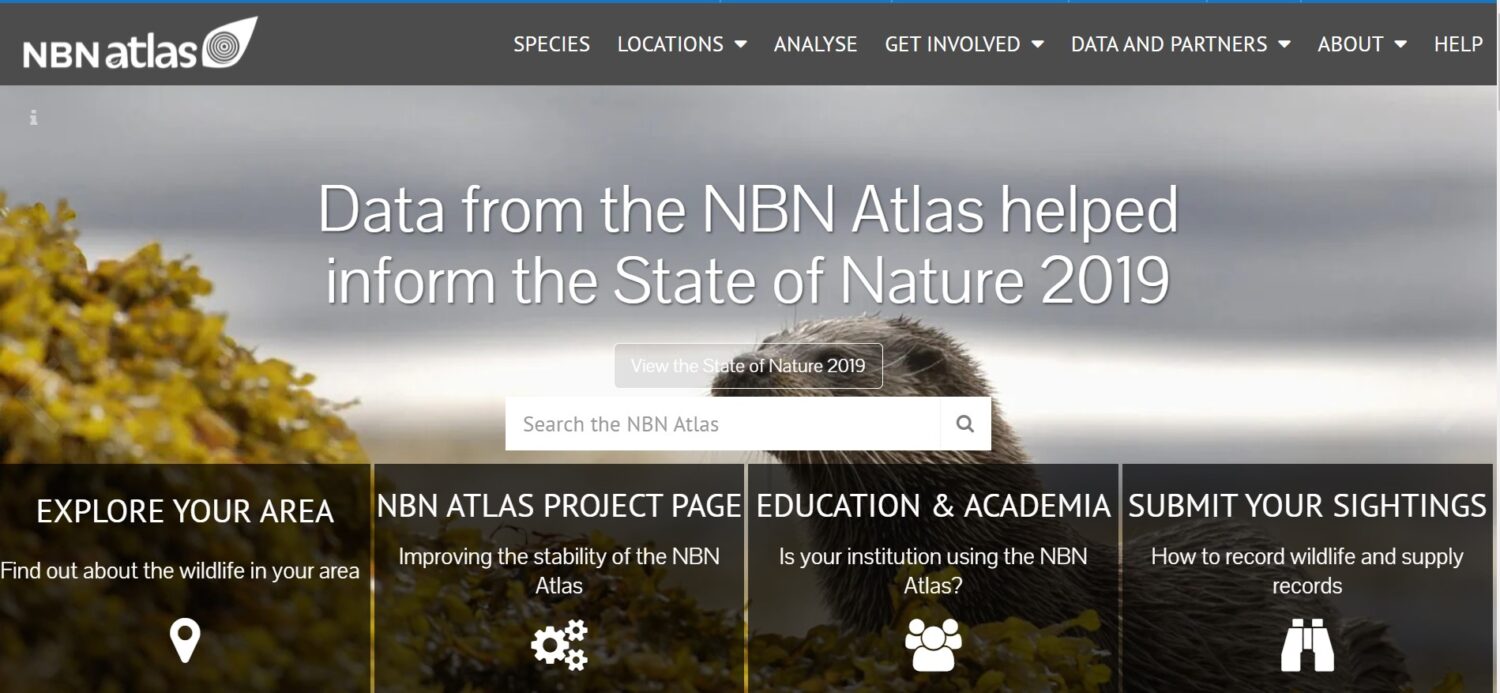In the next in a new series, Charlotte Rankin explores the difference your wildlife records can make, both locally and across the UK.
Across the UK, over 4.5 million wildlife records are generated each year by tens of thousands of volunteer recorders. These records underpin much of our understanding of the health of the natural world. Records made in the garden or on local walks can make a difference for wildlife regionally, nationally and beyond.
A wildlife record is generated once and used countless times: this blog post details just some of the ways your wildlife records make a difference for wildlife.
Locally
Wildlife records help to target or prioritise conservation efforts on a local scale. Records that are collated at a local level tell us about how species are faring locally and inform local conservation efforts.
Local Environmental Record Centres collate local species records and this data is used for research, conservation and planning. Working with wildlife recording groups and individuals, ERIC North East collates species records from the region and currently holds around 3.6 million species records.
Volunteer county recorders, typically on behalf of national recording schemes, collate local records of particular species groups and are usually experts in their field with excellent local species knowledge. As such many help with the verification of records and are involved with local species reviews and distribution atlases. Wildlife records underpin these publications and there are many examples covering a range of species groups in the North East.
Northumbrian Naturalist
Records underpin local wildlife research and species group atlases published in Northumbrian Naturalist volumes. Published in 2019, the Bumblebees of North East England collated over 25,000 bumblebee records mostly held by the Bees, Wasps and Ants Recording Society (BWARS). These records, from the 1800s through to present day, enabled the assessment of past and present distributions of bumblebee species in the region.
Rare Plant Registers
Records also underpin more specific assessments and publications such as Rare Plant Registers that identify the status of rarer species in a county and provide up-to-date information on how they are faring locally.
Nationally
Local records can feed into national recording schemes or societies, and add to the wider picture of species in the UK. National Recording Schemes collate records for particular species groups, engage and support recorders, interpret data and identify species trends at a national level. Records held by national recording schemes feed into national species atlases and species status reviews. To date, over 10,000 species of plants and animals are covered in printed atlases. Records also reveal how species’ distributions have changed over time. In 2020, the Atlas of the Mammals of Great Britain and Ireland was published, using over 1.8 million mammal records to assess the status of mammals and changes in distribution over time.
State of Nature report
The State of Nature report in 2019 used over 60 million wildlife records to assess the state of the UK’s wildlife and understand this in light of the challenges to wildlife.
BSBI Atlas 2020
The Botanical Society of Britain & Ireland (BSBI) are in the process of producing the ‘BSBI Atlas 2020’, which will provide a comprehensive picture of plant species in Britain and Ireland. Plant records from volunteer recorders across Britain and Ireland will underpin this atlas.
National Biodiversity Network Atlas (NBN Atlas)
Wildlife records from a great variety of sources and organisations also feed into the National Biodiversity Network Atlas (NBN Atlas), the UK’s largest collection of freely available biodiversity data. The NBN Atlas currently holds over 190 million species records and this data is made available to inform research, education and conservation on a local and national scale.
Internationally
Records can also be collated at an international level, allowing the monitoring and assessment of species across a European or global scale.
Global Biodiversity Information Facility (GBIF)
Records from the National Biodiversity Atlas feed into its global equivalent, the Global Biodiversity Information Facility (GBIF), which currently holds over one billion species records. 117 million of these records are from the UK. This data is freely available to inform research and conservation across the globe.





